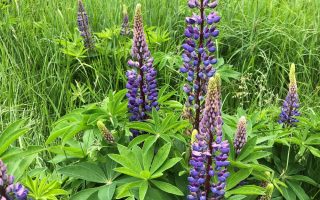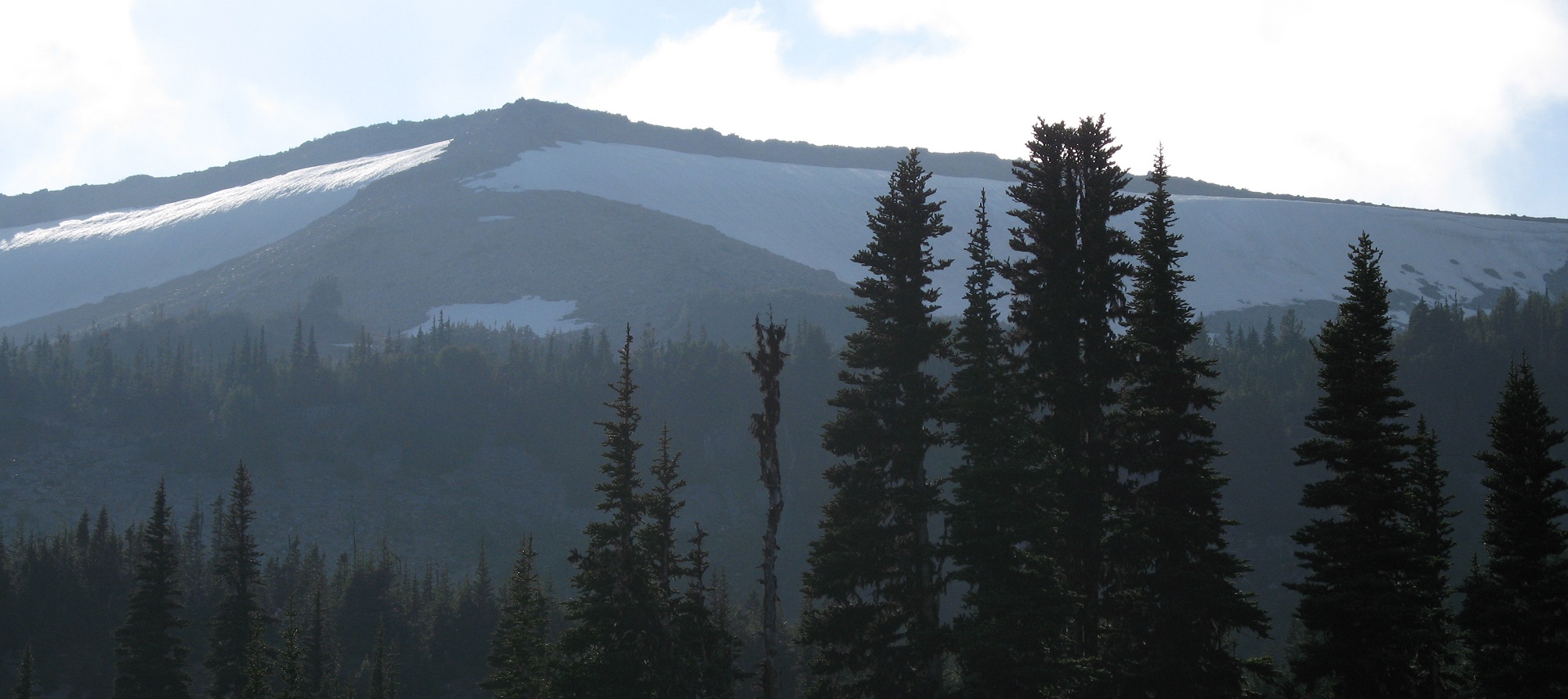Late Spring
May 1 to June 22
Bloom begins on Mayday, the apex of growth, when there is both warmth and moisture. The risk of frost is past. The abundance of nature is an official holiday in 66 nations. Called Floralia, Maiouma, Walpurgis Night, Beltane, Calan Mai, Vappen, Kevadpüha, Calendimaggio, Irminden, Prvomajski uranak; the list goes on and on, but they all involve some combination of fire, frolicking, flowers, and baby animals.
The risk of frost is past. Even as shrubs with overwintering flower buds finish their bloom, buds formed on spring shoots start to ripen. Winter storms give way to fickle showers, occasional downpours, and parades of big puffy clouds. Bloom brings the first rumors of the dry season, as the gap between wetting rain increases.
Wild Creatures and Wildcraft
 Chinook salmon smolts linger in estuaries. In rivers with spring freshets melting snow there may be returns of “spring Chinook” that come to hold in rivers until spawning in fall. These precious runs, stocked with oceanic fats, are now mostly gone, or hanging on by a few hundred individuals hunting for cold water in summer. Coho fry avoid the mai stem, heading for cool ponds and wetlands to over-summer. The flush feast of salmon smolts pouring into the estuaries and shorelines all spring are coming to an end.
Chinook salmon smolts linger in estuaries. In rivers with spring freshets melting snow there may be returns of “spring Chinook” that come to hold in rivers until spawning in fall. These precious runs, stocked with oceanic fats, are now mostly gone, or hanging on by a few hundred individuals hunting for cold water in summer. Coho fry avoid the mai stem, heading for cool ponds and wetlands to over-summer. The flush feast of salmon smolts pouring into the estuaries and shorelines all spring are coming to an end.
Baby animals make easy prey–a great deal of evolution happens during Bloom. Many spring greens become bitter with flowering, the mushrooms are winding down, but the berries are still green and hard, but the meadows are full of succulent browse. The reminders of winter are gone.
Revegetation
Wildland tenders catch your breath and enjoy the abundance of the green cloak. Buds are all broken, seeds sprouted. The balance of energy has swung from storage root to burgeoning shoot. If the drought comes early, you’ll see it coming in Bloom. The clouds come and go, but the rains never quite wet the ground like they used to. Every green creature is leveraging the last easy water to fuel its annual increment of growth.
Meadows left to grow tall are ready for a first cutting, either to reduce competition for water, or for gathering mulch. Scything in Bloom is a pleasure, as a sharp blade sweeps through turgid and succulent growth. Rearranging biomass on a site is a simple disturbance that can favor out-plantings, smother competition, feed soil biota, and preserve soil moisture. Mulch piles and windrows can be placed to make easy planting sites for the next dormant season.
Growers are finishing dividing, and potting up stock, for fall sale. Now is the last chance to prompt an increase of production with special orders. Bloom is also the very beginning of the seed collecting season, starting with early ephemerals.
Bloom is the best time for precise observation of complex vegetation. Flowers and a hand lens allow for the precise identification of difficult species, Everything is in full leaf allowing for easy quantification of canopy cover, and relative dominance at the peak of growth. Problematic species are easy to spot, and as they come into bloom, root energy is at its nadir, making control by pulling or grubbing more effective.
The Garden
If springtime is busy, bloom is doubly so. The early greens are ready for harvest, and overwintering cole crops are bursting with flowers, garlic scapes are ready. Even as harvest begin in earnest, a second wave of leaves and roots are planted. Then the peas start producing for the freezer, requiring frequent attention.
 With the end of the frost and warming soil, the full summer garden goes in the ground: nightshades, cucurbits, beans, and corn. Germination is fast and reliable, as long as seeds are kept moist. Irrigation systems are deployed, and hopefully have been tested and repaired back in spring time. Periods of cloudiness make for good transplanting and seeding. Occasional hot days are good for weeding. Cloches and row covers are retired.
With the end of the frost and warming soil, the full summer garden goes in the ground: nightshades, cucurbits, beans, and corn. Germination is fast and reliable, as long as seeds are kept moist. Irrigation systems are deployed, and hopefully have been tested and repaired back in spring time. Periods of cloudiness make for good transplanting and seeding. Occasional hot days are good for weeding. Cloches and row covers are retired.
In the tillage garden, to save on watering and weeding, mulches go down. In wilder self-sowing gardens, thinning and harvest can keep crops from bolting early.
Project Management and Hazards
With rainstorms occasional or absent, the season of heavy equipment and earthwork has come. Seasonal labor positions are filled for vegetation surveys, weed control, stream surveys, and landscape crews.
With Chinook salmon out of the rivers, the “fish window” opens–the permitted beginning of in-water work. New stream channels are dug, and wood jams stuffed into stream banks.
The whole mess must be buttoned up by the rains of frost. So work on big projects is like a starting gun at the races.
Community Schedules and Recreation
Bloom is the end of the school year, a final flurry of activity, with finals and ceremony and then summer. Families with vacation use it. Students with service learning are desperate to fill their hours.
Politics and Government
If there is a special session, the state legislative session drags into Bloom, but if not, the state legislature goes silent, even as the federal legislature heats up.
The release of the presidential budget marks the beginning of the budget season. Constituents see the fate of their favorite programs and move to influence the legislature. With events, dinners, publicity stunts, showcases, and rallys, interested stakeholders parade through the nations capital.
Grant and project programs are in full swing, awarding contracts, negotiating grants and agreements, hurrying to complete financial work before end-of-year cutoffs in summer and the winding down of the fiscal year.
Previous: Springtime
Next: The Drying
This post is part of a standing body of work to capture the seasonal nature of our social-ecological lives, and how they might apply to the work of the Ecosystem Guild and Restoration Camping.


